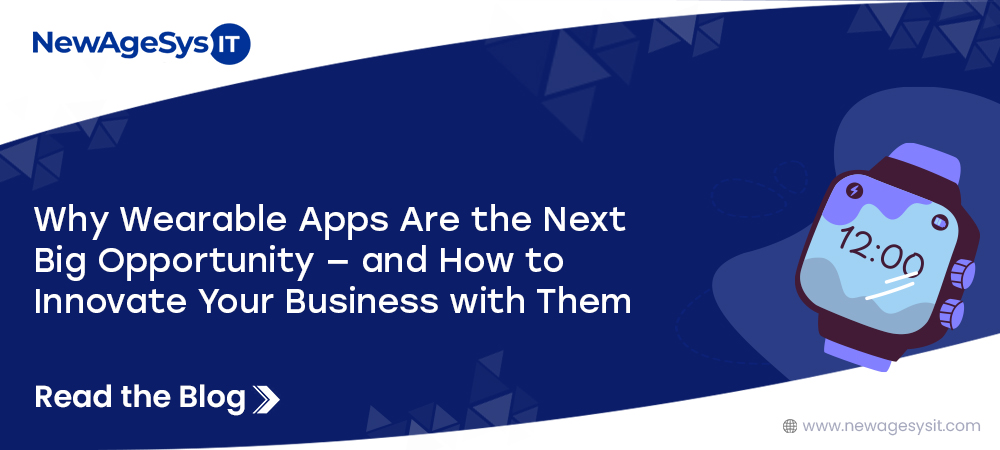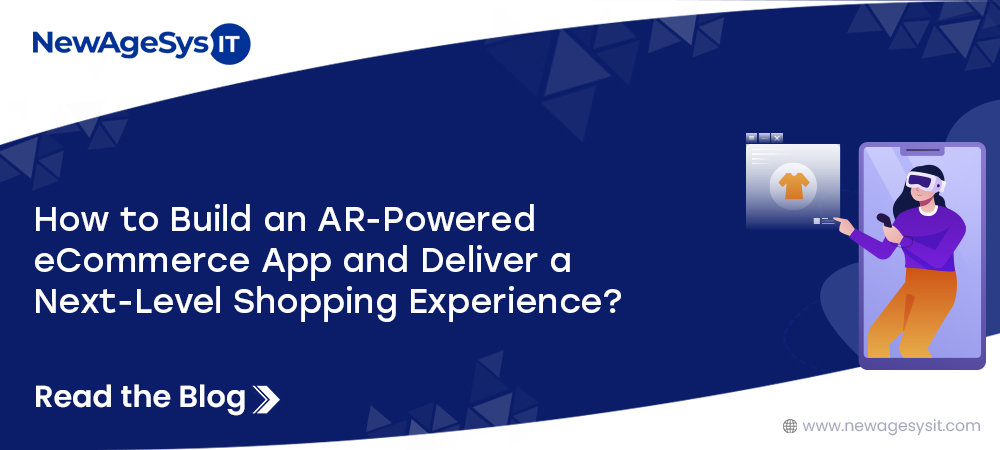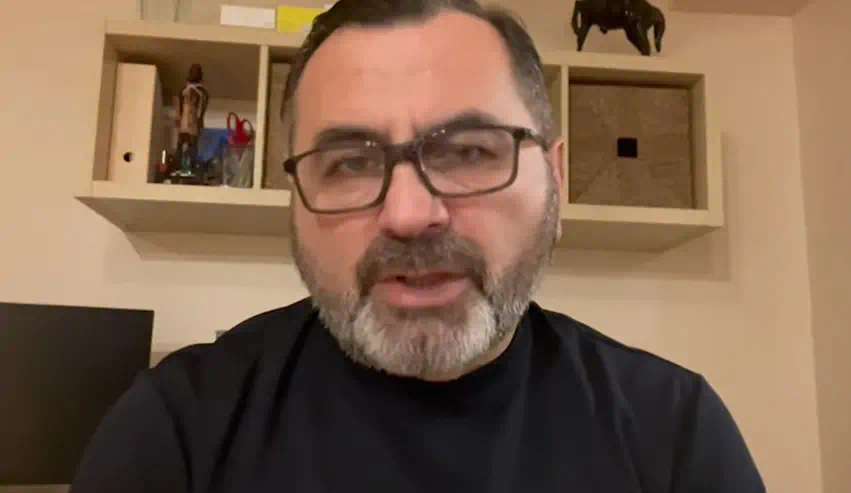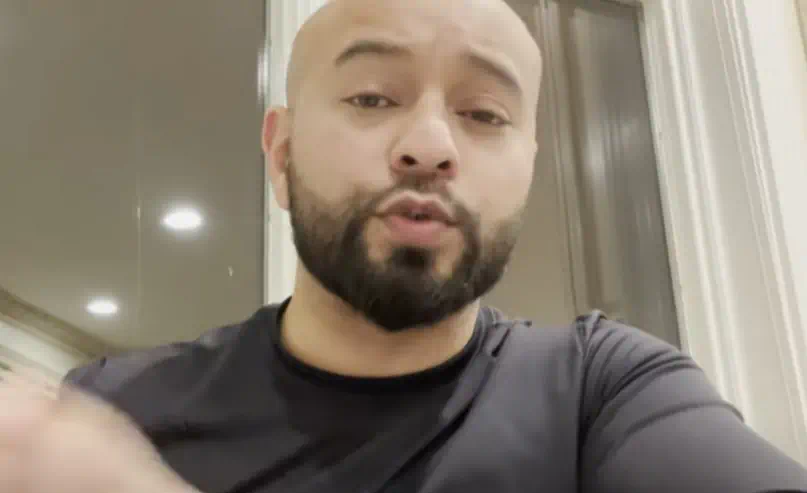Understanding and translating a client’s needs into actionable requirements remains a key but sometimes difficult task within the domain of custom software development. Miscommunication or vague requirements can lead to project delays, cost overruns, and ultimately, software that fails to meet client expectations. ChatGPT, powered by OpenAI, can greatly streamline and improve the process of requirement gathering and analysis.
The Role of ChatGPT in Requirement Gathering
Initial Client Interaction
ChatGPT acts as a virtual assistant during the first meetings with clients, ensuring all relevant questions are posed and recorded. It uses conversation guidance to prompt clients to give full details on what they want, their preferences, and their expectations. By asking structured, related questions, it helps to capture the complete scope of the project. For instance, it may ask if clients have particular features they require or who the target users are. This comprehensive approach ensures that all critical aspects of the project are covered right from the start.
Clarifying Ambiguities
Often, clients may not be able to express their requirements well enough. When followed up with questions or examples that help clarify ambiguous statements made by customers, ChatGPT can play a role here too. For example, asking about a “user-friendly interface” and expecting specific features such as drag-and-drop functionality or intuitive navigation can define this concept further. This kind of iterative questioning makes the requirements more precise and actionable. Through continuous probing for detailed information, ChatGPT ensures no crucial information is missing, resulting in a better understanding from the customer’s perspective.
Documenting Requirements
Once collected, ChatGPT can assist in documenting the requirements in a structured manner. These details can be included in requirement specification documents, ensuring nothing is overlooked. The expectations, interactions between users and the system, and performance criteria can all be outlined, ensuring every stakeholder understands what to expect from the project. This detailed documentation is used during development to manage the process toward its goals and keep everything on track.
Enhancing Requirement Analysis with ChatGPT
Identifying Dependencies
ChatGPT can identify dependencies among requirements to optimize them or resolve conflicts. By understanding how different requirements relate to each other, it helps enhance development plans. For example, if some features depend on others being completed first, ChatGPT can point out such dependencies, ensuring that development proceeds in the right sequence. This proactive approach helps avoid potential barriers ahead of time and smoothens the development process.
Prioritizing Requirements
Requirements can be prioritized with assistance from ChatGPT according to predetermined criteria based on factors such as business value, complexity, or urgency. A roadmap for development that suits the client’s priorities can be created through this method. For instance, prioritizing basic functions that provide immediate value over less critical enhancements ensures that a minimum viable product is delivered early on, which can then be iteratively improved based on user feedback.
Validating Requirements
The validation of requirements can be carried out by cross-referencing them with industry standards, regulatory requirements, and best practices. This ensures that the final requirements are not only feasible but also comply with applicable guidelines. Identifying potential compliance problems in advance prevents costly rework and ensures that all necessary regulations are met. This verification stage is critical in industries such as healthcare or finance, which have strict regulatory norms.
Examples of Application and Benefits
Enhanced Communication
When using ChatGPT, development teams can better communicate with clients. The AI produces human-like text that is easily understood, making interaction easier and reducing cases of miscommunication. This creates an atmosphere where customers feel heard and developers know exactly what is expected. Improved communication is crucial for building trust from the start to the end of each project.
Improved Efficiency
Through the automation of requirements gathering and analysis, a lot of time and energy are saved. This allows developers to focus more on design and implementation, thereby reducing the overall project duration. Additionally, this streamlined approach eliminates much of the back-and-forth usually experienced when clarifying requirements, thus accelerating project commencement. Consequently, this saves costs and shortens the time-to-market for the software.
Better Quality Outcomes
With precise, well-documented requirements, there is an increased chance of delivering a product that meets or exceeds customer expectations. ChatGPT’s analytical capability enforces stringent requirement validation and prioritization, resulting in better-quality final software solutions. Developers avoid feature creep or scope changes, leading to a focused project and successful outcomes. High-quality products make clients happy while boosting developers’ reputations.
In conclusion, ChatGPT provides an innovative way to collect and analyze requirements in the custom software development sphere. It ensures high-quality outcomes, improves efficiency, and enhances communication. As AI technology advances, we can expect its role in facilitating enhanced software development methods to expand, creating numerous opportunities for innovation and excellence.








